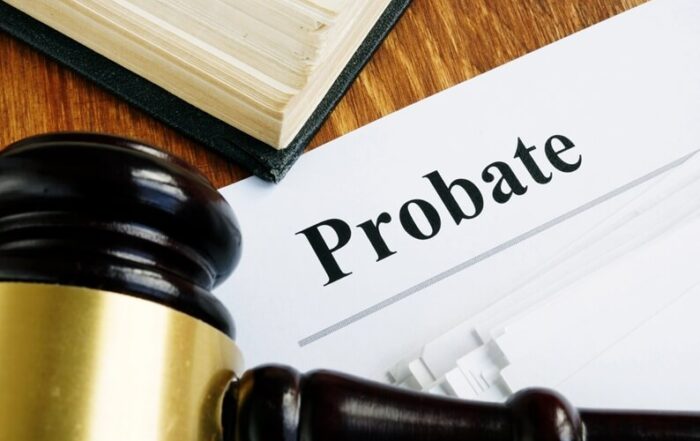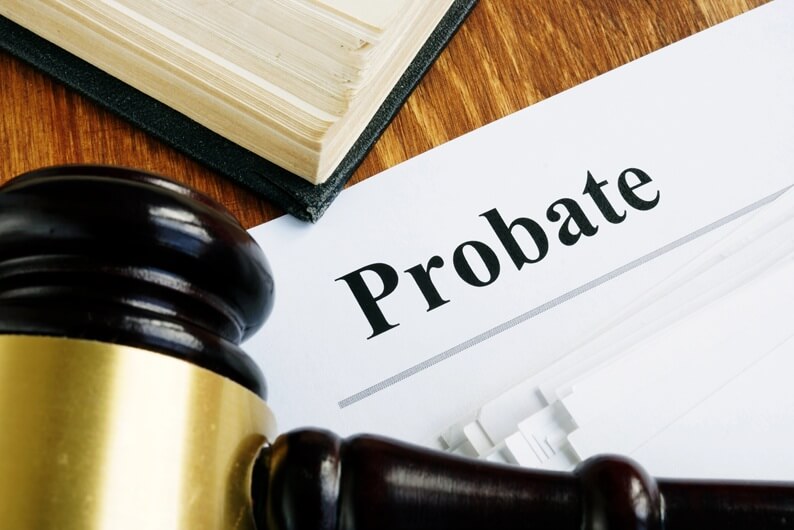Key Documents Needed For Trust Administration In California
Key Points:
- Trust administration in California depends on having the right paperwork.
- The trust document sets the rules, while certified death certificates and a trustee acceptance form confirm authority.
- Trustees must also send official notices to beneficiaries, create a complete inventory of assets, and order appraisals when needed.
- A tax identification number and a separate trust bank account keep finances properly managed.
- Creditors must be notified, debts settled, and a final accounting prepared before distributing the remaining assets.
Managing a trust in California doesn’t have to feel like a maze. The process can stay organized and smooth with the correct paperwork and guidance. Families going through the loss of a loved one already carry enough weight. Legal matters should not add to that burden.
We’ll walk you through the documents you need to handle trust administration properly. We’ll also explain how each piece fits into the process. Whether you’re a trustee or helping one, you’ll know what to expect. Let’s get into the paperwork that keeps everything moving legally and cleanly.
Abstract Of Trust Administration In California
Trust administration refers to the legal steps that follow someone’s passing when a living trust is involved. California law places responsibility on the trustee to manage assets, pay debts, and ensure property distribution correctly. It’s a legal role, not just ceremonial.
A well-managed trust can help families avoid probate, speed up asset distribution, and reduce legal costs. However, without clear direction, the process can get complicated quickly. That’s why understanding how trust administration works in California is key to doing it right.
The trustee must follow specific procedures outlined in the California Probate Code. Even a simple mistake can lead to family tension, legal disputes, or penalties. Let’s look at which documents set things in motion.
Documents Needed During Trust Administration
Before diving into trust administration, it helps to know which documents you’ll need. Having everything ready at the start avoids delays, confusion, and stress. Each document plays a different role in protecting the trust, its assets, and your legal responsibilities.
The Trust Document
This document spells out every instruction, name, and condition that governs the trust. It names the trustee and details what they’re allowed to do. It also outlines who gets what and when, including timing, age restrictions, or specific wishes tied to the distribution.
You’ll reference it often while handling tasks like opening accounts, transferring property, or speaking with banks. Always keep it in a secure but accessible place. A clean, complete copy is a must for legal compliance. With this in hand, you’re ready to move forward.
Death Certificate
The trustee needs certified death certificates to activate the trust administration process. Banks, insurance companies, title offices, and government agencies require these. They verify that the trustor has passed and allow financial institutions to update records or transfer assets accordingly.
Expect to order several certified copies, usually five to ten, depending on the complexity of the estate. You can get them from the county’s vital records office. Keep them in a protected file and log where each copy goes. They’re the starting key for everything else.
Trustee Acceptance Form
Even if the trust document names a trustee, they must formally accept the position. This acceptance confirms that they are willing to assume the responsibilities and fulfill their legal duties. It can be a standalone form or a part of the trust instrument.
Without a signed acceptance, actions taken by the trustee may not hold legal weight. That can lead to complications or delays down the road. Once accepted, they’re legally empowered to act. It’s a small but vital step to keep the process clean.
Notification Of Trust Administration
California law requires trustees to notify beneficiaries and legal heirs within 60 days of the trustor’s passing. This formal notice includes the trustee’s name, contact info, and the right to request a copy of the trust. It also informs them of legal deadlines.
Failing to notify beneficiaries on time can restart the statute of limitations or result in penalties. You should send this notice by certified mail and save proof of delivery. It keeps everything above board and avoids disputes. Once notified, beneficiaries can plan and ask questions.
Inventory Of Trust Assets
An accurate list of all assets held in the trust is required early in the process. It includes real estate, vehicles, investments, personal property, and bank accounts. Where applicable, a trustee should document each item with supporting paperwork, such as statements or deeds.
Creating a complete inventory helps you stay organized and track what’s been managed. It also shows what still needs to be transferred or handled. A precise list avoids errors, confusion, and legal trouble. After you’ve listed everything, you’ll need to appraise the current value.
Appraisals & Valuations
To manage a trust, you need to know the value of each asset. Appraisals help determine the fair market value for homes, jewelry, collectibles, and other valuable property. Bank statements or brokerage reports often suffice for cash or investment accounts.
A trustee may need professional appraisers for specific items, especially real estate. These values impact taxes, distributions, and accounting. Always store appraisal reports with your trust documents. Once everything has a value, it’s time to set up a proper tax ID for the trust.
Tax Identification Number (TIN)
After the trustor’s death, the trust must obtain its federal tax ID, or an Employer Identification Number (EIN). You can request this directly from the IRS website. It’s a substitute for the decedent’s Social Security number.
This number is necessary to open a trust bank account or file any required tax returns. Be sure to keep a printed confirmation in your files. Financial institutions will often request this number. Once you’ve secured it, you’re ready to open the bank account.
Trust Bank Account
Open a dedicated bank account in the name of the trust using the TIN and trust document. This is where you’ll deposit incoming funds and pay any expenses or debts. It’s also where you’ll track distributions to beneficiaries.
Never combine this with your personal accounts. Doing so can cause legal and financial issues, including potential liability. Keeping trust funds in a separate account helps ensure accurate record-keeping. Once funds are properly housed, it’s time to handle creditor claims and debts.
Creditor Notification & Debt Settlement Documents
California allows creditors to file claims against the trust within a limited time. Trustees should notify known creditors directly and may need to publish notice in a local newspaper. Document every step taken and keep a record of each payment or denial.
The trustee should pay only valid debts, and always from the trust’s account. Don’t use personal funds or combine resources. Once debts are handled, save confirmation letters or canceled checks. Now it’s time to account for everything and prepare for final distributions.
Final Accounting & Distribution Records
The trustee must prepare a final accounting showing all transactions. It includes income earned, bills paid, taxes filed, and the distribution of the remaining assets. Beneficiaries must receive copies and sign off when they receive their shares.
These records serve as proof that the trustee acted impartially following the law. They can prevent future disputes and offer legal protection. Always keep these in a safe place. Once accepted, the trust can usually be closed, and the trustee’s role comes to an end.
Trust administration takes patience, preparation, and the correct paperwork. With these documents, trustees can stay on track and avoid legal missteps. If you’re unsure where to begin, our team is ready to help you handle it all, step by step.
We Can Guide You Through The Documents
At Los Angeles Probate Attorneys, we’re ready to guide you through every document, deadline, and responsibility tied to trust administration. Our team provides personal support from start to finish, ensuring you’re never left wondering what’s next or how to proceed.
We help clients complete forms, communicate with beneficiaries, and stay on track legally. If problems arise, we resolve them quickly and clearly. You’ll never feel left out or overwhelmed. Let our experience take the pressure off your shoulders so you can focus on what matters.
Our hands-on and detail-driven approach focuses on practical solutions and clear communication. We don’t just explain your options, we walk beside you as you make decisions. From paperwork to probate questions, we’re with you at every step.
Our Guidance Brings Clarity & Peace Of Mind
Trust administration in California runs smoothly with accurate documentation and organized planning. Each document helps confirm your legal authority, maintain accurate records, and protect you from potential disputes. You can handle this responsibility with clarity and peace of mind through proper guidance.
Our team at Los Angeles Probate Attorneys understands both the paperwork and the emotions involved. We offer hands-on help with every form and filing. From asset lists to final distributions, we’re here for you. Contact us today to ensure nothing gets overlooked.









